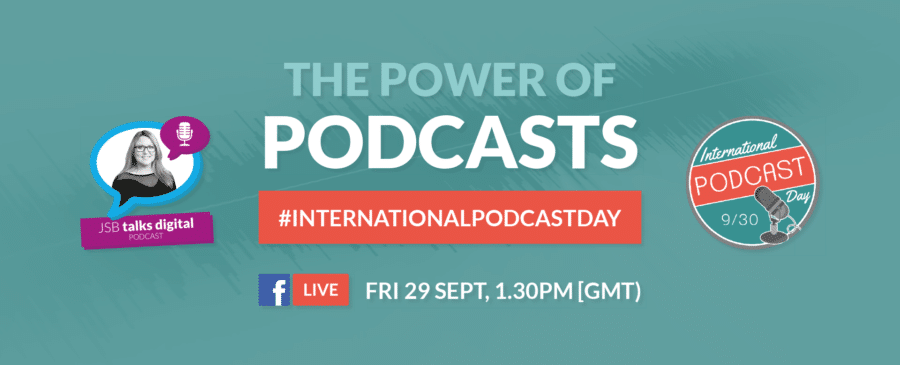

What if we’re moving onto a really different path. And the last scenario - oftentimes, it’s hardest to think about - is Transformation. It could be energy constraints, other kinds of things. It could be constraint - we’re living in California - with water constraints. What does it mean to live in a constraint environment? And it could be environmental constraint. Think about environmental collapse, or a bee colony collapse, and things like that.” So it could be a system collapse, or a subsystem collapse. The other archetypal scenario is Collapse. One is the Growth Scenario, which doesn’t necessarily mean growth, but it means that things will continue as they’ve been.

“So one of the methodologies we use is something developed by Jim Dator, who is a futurist at the University of Hawaii, called Alternative Futures Methodologies, which basically says that there are these archetypal future stories that you can think about. And what we’ve learned is that it’s not that one scenario is going to come true, but probably there are pieces of all these scenarios that we’re going to see emerge. One is the scenarios approach, where we do look at different scenarios. So we use a lot of different methodologies. And the purpose of what we do is not to predict that future, but to help people make better decisions. You know, you can predict singular events, but these kind of big, transformational, complex kind of stories is really what we’re after. MG: The kind of futures work we do, we always say that we don’t believe you can predict the future. MKM: And do you think of that as ways to forecast, or make predictions, or are you looking at parallel futures? Conceptually, how do you come at it? What’s the larger world we’re moving to? We oftentimes use this - what is the world we are moving from, and to? Asking ourselves a question, like, ‘how are we going to work? What’s family life, what’s our daily routine going to be like? What’s happening with technologies, what’s happening with demographics, economics? All of these disparate disciplines together to think about larger patterns.” MG: What we’re really interested in is big transformational stories, given not just events in one area, but in many different areas. Seeing into the Future: A Practitioner's Viewįull story is available at Public Radio International Listen to the podcast or read their conversation below. When looking to the future, how do we separate the signals from the noise? Public Radio International's Mary Kay Magistad speaks with Marina Gorbis for a recent episode of her podcast, Whose Century is It?


 0 kommentar(er)
0 kommentar(er)
